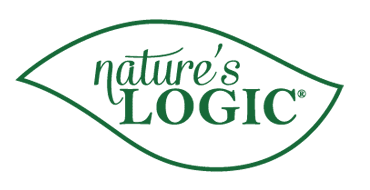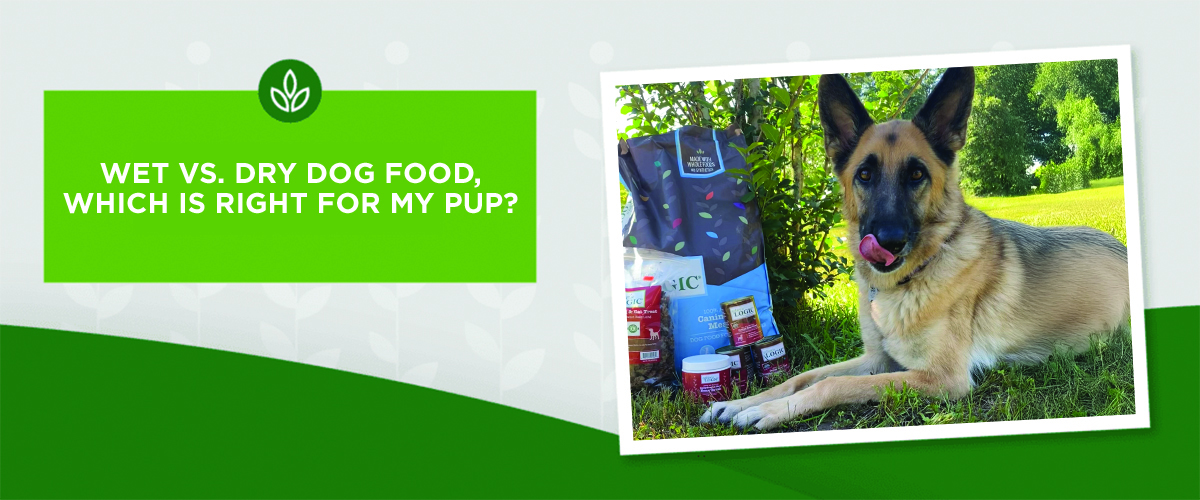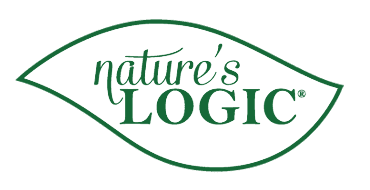Wet Dog Food vs Dry Dog Food
Picking the right nutrition for your canine companion can be overwhelming with so many options. Both dry kibble and canned food offer different advantages in terms of moisture content, nutritional profile, and palatability for your dog. Additionally, consider the level of convenience and affordability associated with each type of dog food. By carefully evaluating the differences between dry and wet foods, you can work with your veterinarian to make an informed choice that caters to your dog’s specific needs and preferences.
Nutritional Needs
Both wet and dry foods can provide your pup with high quality, all natural nutrition. However, there are some differences to consider that can help ensure your furry friend is getting everything they need. In addition to moisture levels, wet and dry dog food can differ in protein, fat, and carbohydrate content.
Protein:
Dry food generally lists a slightly higher protein content (25-40%) as the drying process concentrates the nutrients. Wet food, on the other hand, typically displays a lower protein content (10-15%) due to the higher water content.
However, to accurately identify protein percentages between wet and dry food recipes you should look at the protein content on a dry matter basis. You’ll often find that wet food and dry food have a similar protein content on a dry matter basis, meaning that regardless of the type of food you pick, your dog will get the right amount of protein it needs.
Fat:
Kibble and canned food have relatively similar fat content that ranges from 5-15%. Wet food may have slightly higher fat content depending on the recipe and inclusion of additional fats for palatability, weight management, and energy requirements.
Carbohydrates:
Dry dog food typically contains higher carbohydrate content (30-50%), since carbs like grains and starches are necessary to help bind and shape the kibble and provide energy. In contrast, wet food has a generally lower carbohydrate content (10-30%).
Diving Into Moisture
Just like humans, dogs need proper hydration for good health. Hydration supports digestion, promotes a regulated temperature, and more. Dogs should always have access to fresh and clean water, but they can also get some moisture from their food, though it’s important to understand the difference between wet and dry food in this regard.
Dry food, or kibble, delivers a typical moisture content of around 10%. In contrast, wet dog food, often found in cans, cups, or pouches, contains significantly more moisture, typically ranging from 75-78%.
This difference significantly impacts how much hydration your dog gets from their food source. Wet food, with its higher water content, helps contribute more significantly to your dog’s daily hydration compared to dry food. If your dog is struggling to drink enough water or is a picky eater, consider a mix of wet and dry food.
What tastes better: Wet or Dry food?
When it comes to taste and palatability for dogs, wet dog food generally wins over kibble for a few reasons:
- Stronger scent: Wet food has a stronger aroma due to its higher moisture content. Wet dog food formulations release the aroma of the protein source that can be more attractive to a dog’s sense of smell which can be helpful for dogs that are picky eaters. Knowing this, wet food can be mixed with dry food or used as a meal topper.
- Texture: The texture of wet and dry food differs significantly. Wet food offers a softer consistency, which can be easier for dogs to chew and swallow. Dry kibble can be stimulating for dogs that prefer to crunch.
Convenience of Wet vs Dry Dog Food
Selecting the best protein option and dog food recipe to provide your dog with the nutrients it needs is the most important thing to consider when choosing between wet and dry food. However, convenience factors like storage life and portion control are also worth thinking about when selecting dog food.
Storage Life:
Once opened, kibble can still stay fresh for weeks when stored properly in its bag in an airtight container. This makes it ideal for dog owners who don’t mind buying larger bags to save on cost. Keep in mind that once opened, wet or canned dog food needs to be refrigerated and used within a few days.
Portion Control:
Dry dog food is easier to measure and portion out with measuring cups, allowing you to provide and adjust the exact amount of food your dog needs based on their weight, activity level, and life stage. Wet dog food comes pre-packaged and can offer additional nutritional benefits which make it a great meal topper or mixer. Nature’s Logic provides a feeding guide online to make it easy for pet parents feeding Nature’s Logic to reference and understand how much food their pup should have to eat. As a note, if you’re feeding a large breed, it’s unlikely that they’ll be able to solely rely on wet food as they would need to eat significantly more food to get the nutrients they need from the food.
Different Food, Different Benefit
| Wet Dog Food Benefits | Dry Dog Food Benefits |
| Higher moisture content contributes to hydration | Higher nutrient density |
| Aromatic protein content can entice picky eaters | Concentrated protein content can feed larger dogs |
| Can be used as a topper for additional nutrients | Long storage life and more simple portion control |
Special Considerations
It’s important to consider your dog’s specific needs when choosing between wet and dry food. Puppies need high calorie, nutrient rich food for growth, while senior dogs may need lower calorie food or a food with lower fat. Both dry and wet food can be helpful depending on your dog’s needs and preferences.
Offering a combination of wet and dry food can provide several advantages to your dog’s dietary regimen. Benefits of mixing wet and dry dog food include variety of texture and flavor, added moisture, and higher calories.
- Increased palatability: The inclusion of wet food can enhance the appeal of dry kibble, particularly for dogs that are picky eaters or with finicky appetites. The aroma and texture of wet food can stimulate their interest at mealtime.
- Enhanced hydration: Wet food’s high moisture content can be beneficial for dogs who may not be getting the water they need in their daily routine.
Transitioning between Wet & Dry Dog Food
As a dog’s nutritional needs can change throughout their lives, transitioning to or adding a different type of food may be necessary. Wet and dry diets can be rotational. When introduced properly, dogs can be fed a variety of different proteins. The key to successfully changing or mixing dog food is to transition slowly over 7-10 days and note how your dog responds. Here are some tips to consider when changing dog food.
- If transitioning from wet to dry food:
- Introduce the dry food by giving the dog a few pieces as a treat
- Slowly add dry food to the wet diet
- Reduce the amount of wet food as you add more dry
- If transitioning from kibble to canned food:
- Introduce the wet food by using it as a meal topper
- Slowly reduce the amount of dry food in the meal
- Once you begin to add the wet food, do not leave food out for more than a day
Whenever considering switching your dog to a new food, it’s worthwhile to discuss the plan with your vet to confirm the best course of action for your pup.
Is Wet or Dry Food Better for Dogs?
In the end, the best food for your dog depends on their individual needs and preferences. Wet food offers higher moisture content and may be more appealing to picky eaters, while dry food can be more nutrient dense and is generally more convenient. Remember, transitioning between food types, if advised by your vet, should be done gradually to avoid digestive upset. No matter which option you choose, prioritize a high quality diet that focuses on all natural nutrition.




